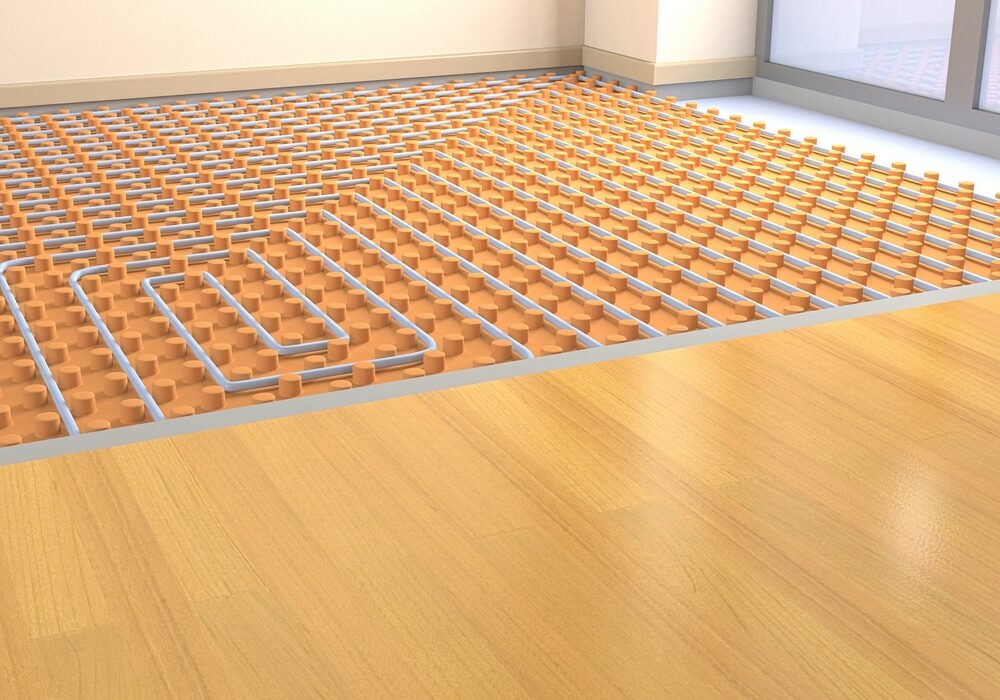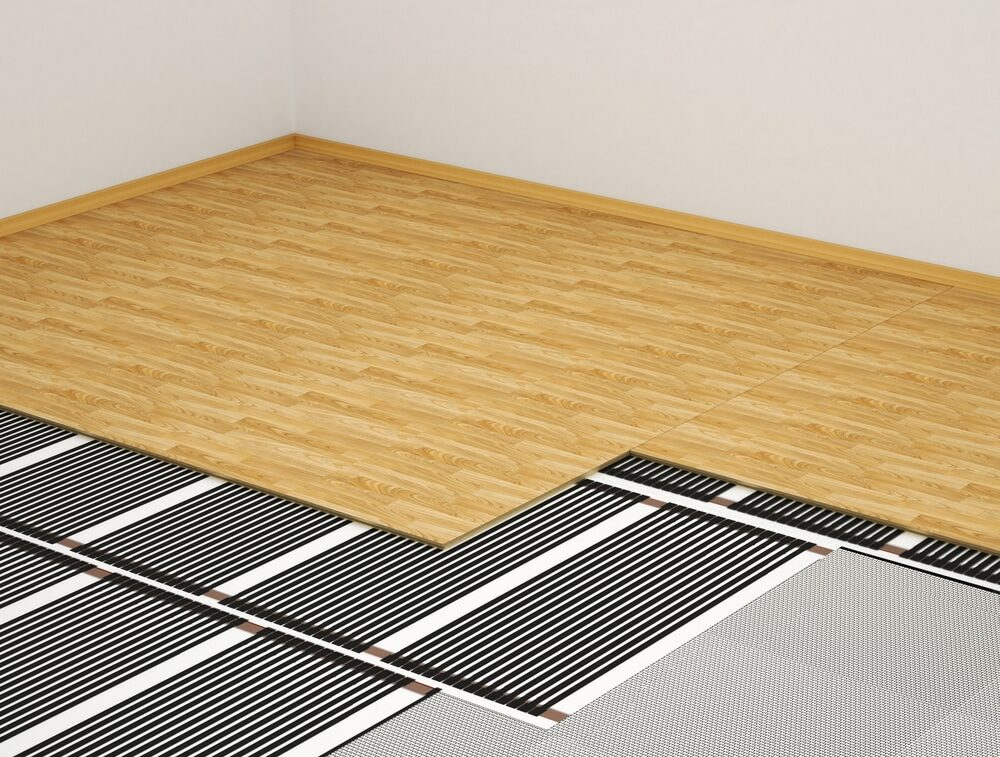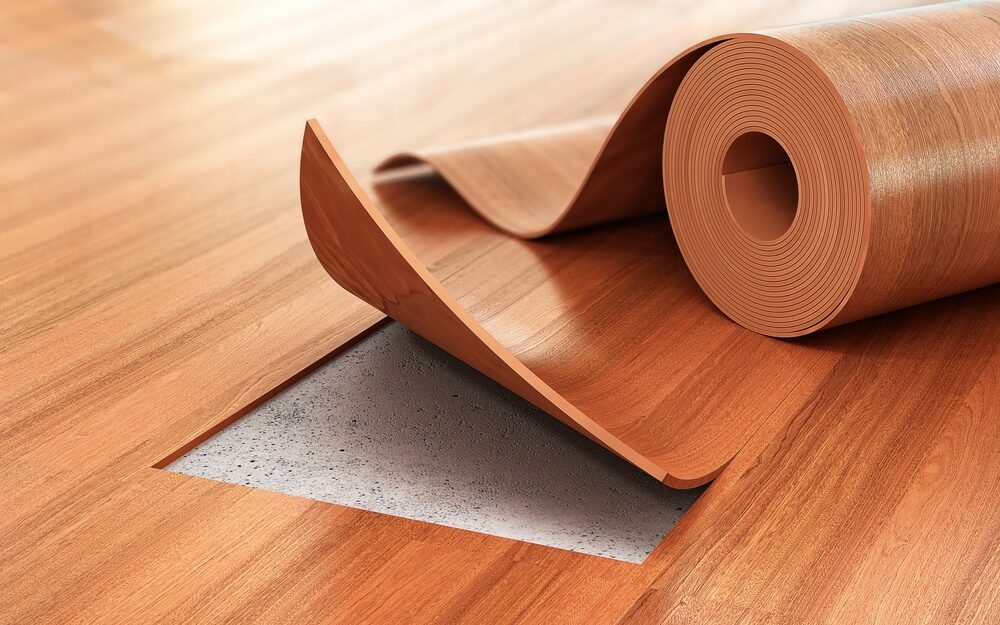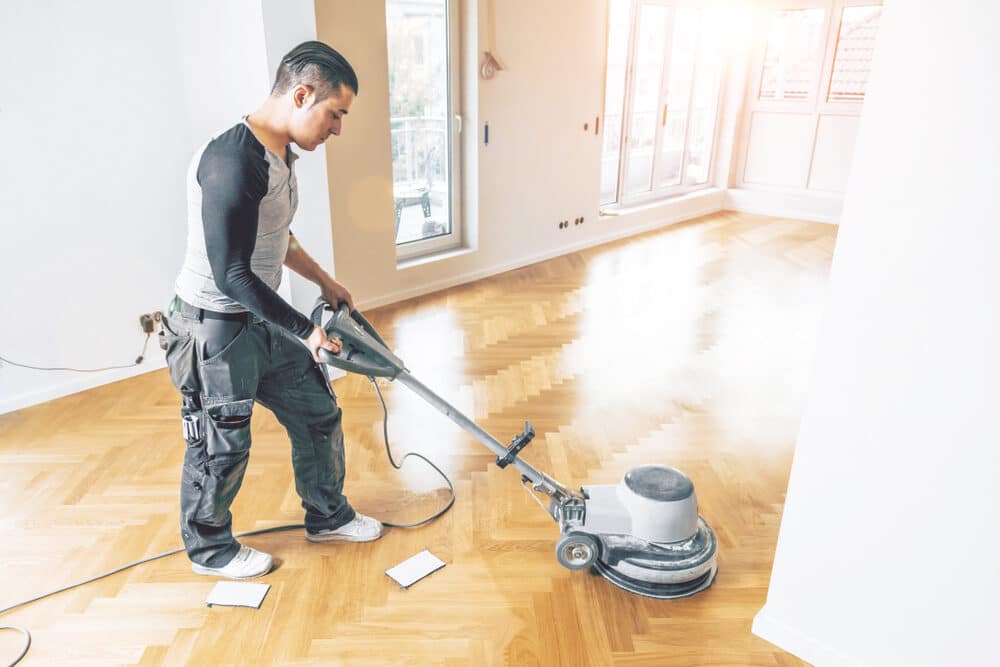London:
Nationwide:
Underfloor Heating System: Revolutionizing Wood Flooring Heating Solutions
Posted on June 11, 2023
News
Underfloor Heating System: The Future of Wood Flooring Heating | Home Improvement Blog
Underfloor heating systems are revolutionizing the world of wood flooring, promising ultimate comfort and efficiency. This comprehensive guide will offer an in-depth look into this innovative technology, exploring its benefits, types, installation process, and considerations when pairing it with wood flooring.
Introduction to Underfloor Heating
Underfloor heating, also known as radiant heating, is a method of heating a room by channeling heat through the floor surface. This form of heating is not a modern invention; it dates back to Roman times, when hot gases were circulated beneath stone floors to warm them. In today’s world, underfloor heating systems have evolved to become more effective, reliable, and suitable for different floor types, including wood. These systems deliver consistent and comfortable heat, addressing cold spots in the room and eliminating the need for unsightly radiators.Types of Underfloor Heating Systems
There are primarily two types of underfloor heating systems: electric (or dry) systems and water (or wet) systems.Electric underfloor heating systems
Electric systems use heating cables or mats embedded in the floor. They are typically easier and cheaper to install, making them suitable for retrofitting an existing room. These systems heat up quickly but also cool down quickly compared to their water counterparts.Water Underfloor Heating Systems
Water-based systems circulate warm water through plastic pipes installed under the floor. While the installation cost is typically higher due to the complexity of the system, the operational costs are lower, especially if you pair it with a high-efficiency boiler or heat pump.Benefits of underfloor heating
Comfort and consistent heat
Unlike traditional radiators, which can create hot and cold spots, underfloor heating systems provide even heat distribution, enhancing overall comfort.Energy Efficiency
As underfloor heating warms the room from the ground up, it uses less energy than traditional radiators, which heat from the top down. This increased efficiency can translate to lower energy bills.Space Saving
With no need for radiators, more wall space is available. This feature is particularly useful in smaller rooms where space is at a premium.Aesthetic Appeal
Underfloor heating is entirely hidden, which can provide a cleaner, more minimalist look to your rooms.Pairing underfloor heating with wood flooring
Underfloor heating is a great partner for wood flooring, but there are certain factors to consider in this pairing.Type of wood
Not all wood is created equal when it comes to underfloor heating. Engineered wood flooring is typically the best option, as it withstands changes in temperature without warping or shrinking. Certain types of solid wood, like oak, can also work well.Temperature Considerations
Wood floors require a lower temperature compared to other floor coverings. Thus, the system’s design needs to account for this to prevent any damage to the wood.Installation Process
When installing a heating system under wood flooring, it’s crucial to ensure a proper subfloor and underlay to protect the wood from any heat spikes and distribute the heat evenly.
Installation Process for Underfloor Heating Systems
The installation process varies depending on whether it’s a wet or dry system and the specific flooring type. It’s always advisable to consult with a professional installer or contractor.Installation of Electric Systems
Electric underfloor heating systems are usually installed directly on a prepared and insulated subfloor. The cables or heating mats are then covered with a layer of screed or self-leveling compound, onto which the flooring is laid.Installation of Water Systems
Water systems are more complex to install. The pipework is laid onto insulation boards and then covered with screed. Once the screed is fully dried, the wood flooring can be installed.Conclusion: A Warm Investment for Your Wood Flooring
Investing in an underfloor heating system can add both value and comfort to your home. With the appropriate wood flooring choice and correct installation, underfloor heating can revolutionize your home’s heating solutions. While there are costs and considerations involved, the benefits of comfort, energy efficiency, and aesthetic appeal make it a consideration worth exploring for any homeowner.Some Useful Links:
- Floor Sanding Services
- School Floor Sanding
- Wood Floor Restorations
- Wood Floor Repairs
- Wood Floor Polishing
More from our Blog:
Hardwood vs. Laminate: Insights into the Best Flooring Choice for Your Home A Handy Guide to Efficiently Manage Your Floor Sanding and Polishing Project Revitalize Your Home with Wood Floor Sanding: DIY Guide The Perils of DIY Floor Refinishing: Why It Might Not Be Your Best Choice Useful Information about the latest Dustless Floor Sanding Machines
Sanding
We provide virtually dust-free sanding with our continuous belt machinery with mobile extraction units, giving you a safer environment for your family.
Oiling
This organic finish not only adds beauty to your home but also has exceptional water-repellent characteristics, making it easier to clean and maintain.
Waxing
This natural floor finish offers the softest and most mellow appearance – and leaves your floor able to breath.
Buffing
Using soft buffing machines (and hand-polishing where required) will bring a wonderful sheen to your newly-finished floor.
Repairs
We offer a full assessment of your wooden floors to determine what repairs are needed to provide the perfect working surface for the later stages of sanding, staining and sealing.
Restoration
We offer a comprehensive restoration process designed to address floors that are improperly fitted or damaged over time through wear and tear.
Request a fixed price quote for your wood floor restoration now
Simply enter your postcode below to get started.
Services
Wood Floor Sanding Wood Floor Restoration Wood Floor Scratch Repair Squeaky Wood Floor Repair Parquet Floor Sanding Parquet Floor Restoration Commercial Floor Sanding Church Floor Sanding Community Centre Floor Sanding School Floor Sanding Gap Filling Gap Filling with ResinCopyright © Mr Sander®
Privacy & Cookies Terms & Conditions Complaints Procedure Cancellation Rights Sitemap





